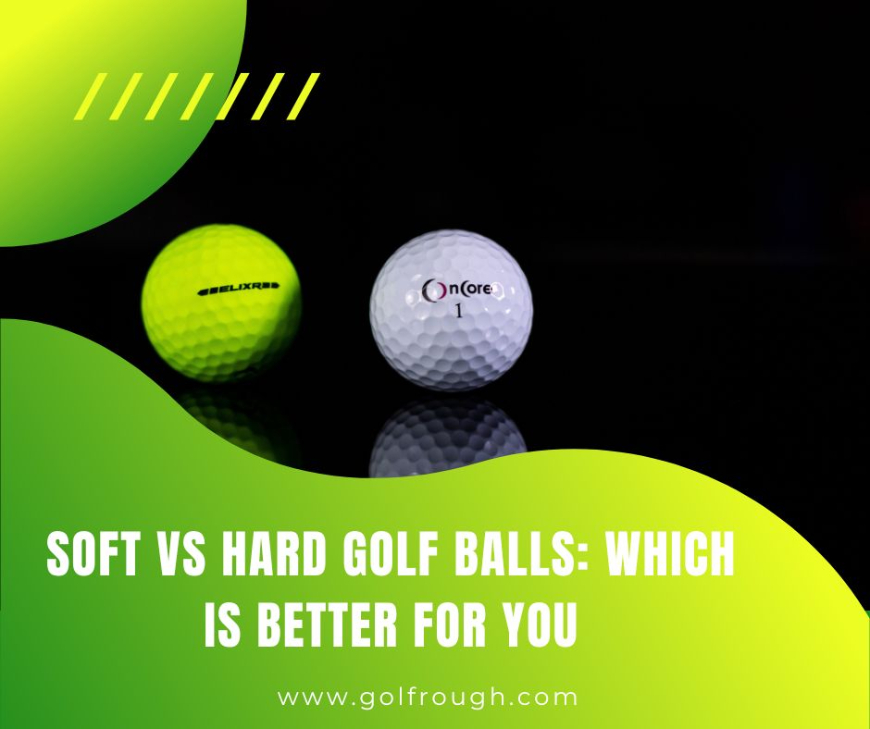Many novice golfers are still wondering if they need a type of ball, to begin with. Yes, they need to start with a golf ball that will fit their initial skill.
If you have no idea about the differences and similarities between soft vs. hard golf balls, we will explain them to you! You do not have to spend more on golf balls while learning the game.
Historical Distinctions Between Soft And Hard Golf Balls
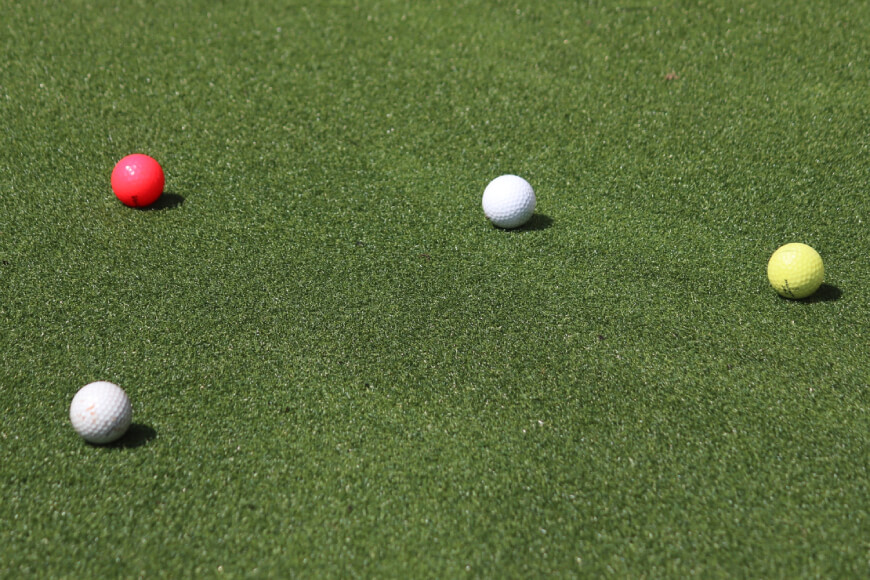
The invention of the modern golf ball
In the first half of the 20th century, the W. Taylor golf ball was introduced. It was the first golf ball with dimples, first used in 1908. In the second half of the 20th century, two types of golf balls were used: the Balata (soft-cover) and the hard-cover golf balls.
The soft-cover balata was designed to enhance spin, especially on pitch shots and short irons. The hard-cover balls were merely for distance with less spin along the fairway.
The balata balls were the most favored among low handicap players and pros, from this time until 2000. The better spin and control of the balata golf balls throughout the green makes it the favorite among tour professionals.
Golf ball innovations in the 21st century
At the beginning of the 21st century, golf ball makers began testing and combining the balata with other materials. Researchers combined the spin characteristic of balata and the distance properties provided by hard balls.
The result was the added layers. Experts found that merging the hard-cover with soft-cover golf balls results in more efficient properties.
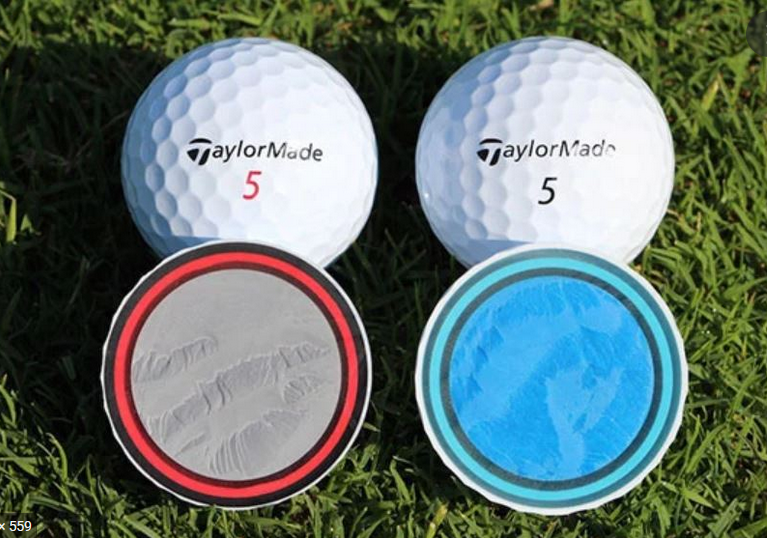
Present-day differences between soft and hard golf balls
The differences between modern-day golf balls lie in their multilayered constructions. But the distinctions also come into personal preference and the golfers’ swing velocity.
Today, golf balls offer different feel, spin, and distance depending on your swing speed. If you are swinging the club at less than 90mph, a hard ball makes you feel like striking a rock. For golfers with a swing speed above 100 mph, a softball feels like a sponge.
Should You Use Hard or Soft Golf Balls?
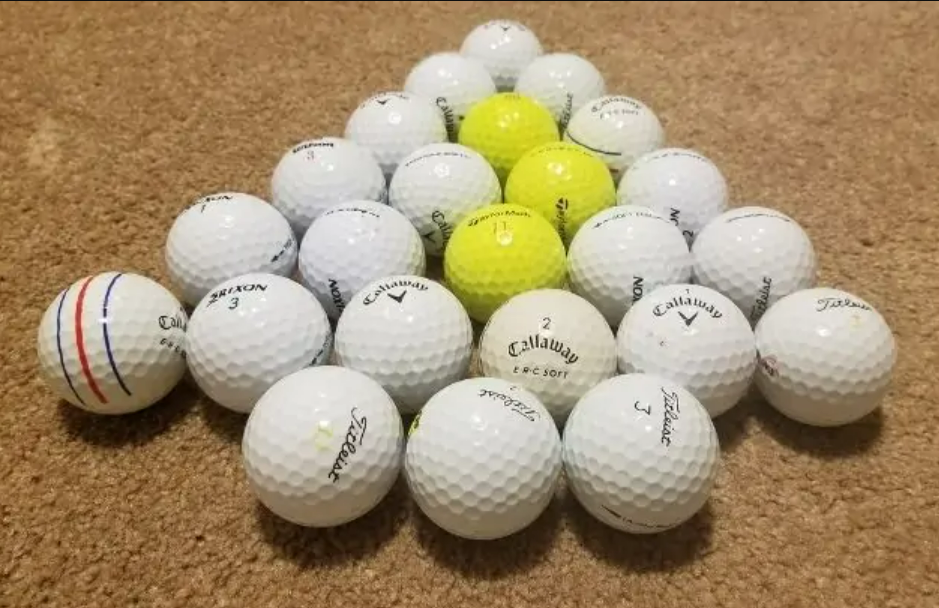
In many circumstances, average golfers (those scoring 90 on a par-72 course) prefer softball over hard ones. Most softballs have a low compression factor (or rating). It means you need a lower swing speed to compress the golf ball.
But if you have lots of club head speed (at least 100mph), you may pick the hard golf ball. At this swing speed: you can achieve the longest distance in every shot.
Read more: Ball Speed To Swing Speed Calculator
Soft vs Hard Golf Balls – Comparison
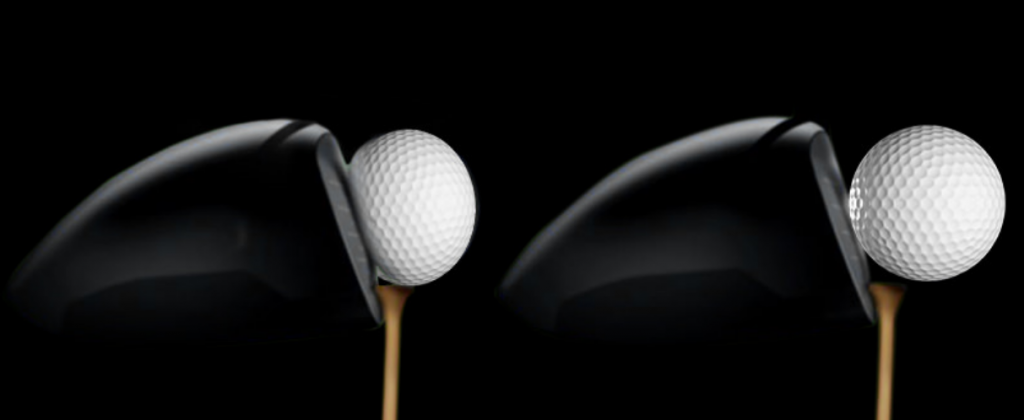
Here are the comparisons in drivers, irons, and wedges when using hard or soft golf balls.
Driver Comparison
The driver may offer a comparable distance depending on your swing speed for the two balls. Many golfers will not distinguish the similarity, but it happens. You may have a lower launch when using a hard ball: the opposite happens with a soft golf ball. Here is the recap comparing soft and hard balls using a driver.
Crucial keynotes:
- The hardball offers a shoulder-to-shoulder spin.
- Soft golf balls usually have a high launch.
- The soft and firmer balls have similar distances.
Iron Comparison
Using your iron when hitting a soft or firmer ball gives many similarities, although not all the time. When hitting the two balls with iron may deliver similar height, spin, and range. The parameters may vary slightly depending on your swing speed, the brand of a golf club, and the golf ball used.
In many golf ball brands, the spin rate of a soft and a hard ball comes close. But we have noticed a higher spin rate when using the hard ball Chrome Soft X (Callaway).
Crucial keynotes:
- The two golf balls most likely deliver identical range (distance).
- They can have similar launch angles.
- Also, the spin rates are close.
Wedge Comparison
When using the wedge: the softer golf ball will have added spin, while the hard ball will have less spin. The spin rate is one of the more distinguishable differences between the hard and soft balls when using the wedge.
It is more observable that the two ball types have similarities in the distance and launch angle using the wedge. In using the wedge, many experienced golfers expect the same launch angle when using either a soft or a hard ball. They are correct!
Crucial keynotes:
- The soft golf ball delivers added spin.
- They have identical distances.
- The similarity in launch angles is noticeable.
Which Is Better, A Soft or A Hard Golf Ball?
It all depends on your golf skills. A golf game is a play with consistency. It is better to play the same ball all over again until you find the one that fits your skills. This way, you can make your game more consistent. But take note of the ball’s specifications, such as if it is hard or soft and the compression rating. From there, you can decide on the best golf ball for your current ability.
For Average Golfers, Which Golf Ball Is Best To Use?
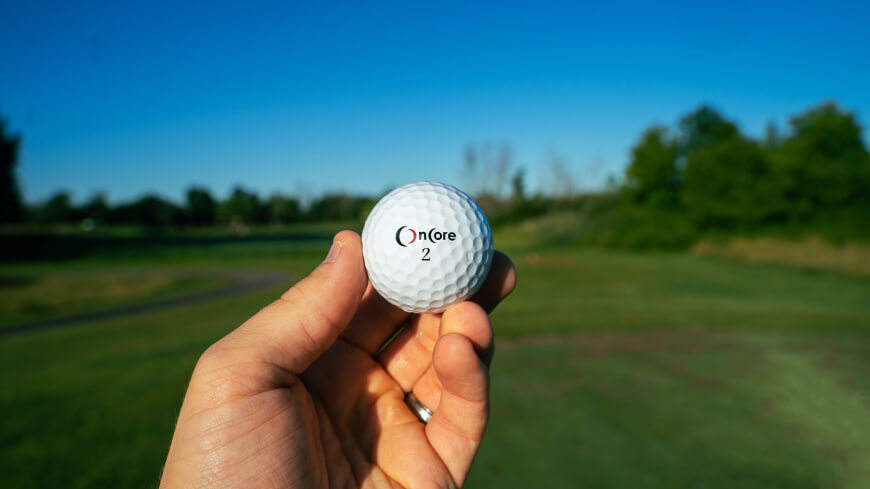
The 2- or 3-piece golf balls (with low or medium compression rate) will suit the average type of golfer. If you are one of them, you should start playing with this ball. These golf balls have lesser spin but touch down the ground smoothly. It is one way of hitting the fairways while you improve in a short game uniformly.
Do Softer Golf Balls Go Further?

Common knowledge suggests that soft golf balls with a low compression carry further distance when hitting your iron or driver. When using your wedges: a soft or a hard ball travels the same range.
But as we keep telling you, your swing speed will have a sizeable effect in achieving a longer distance using a softball. You can improve your game while improving your swing speed.
Are Pros Using Soft Golf Balls?
Yes, they do! Several pros have used and are currently using soft golf balls. The average pro user of softer golf balls is 55% among professional players. Some of the most popular pros using soft balls are Rory McIlroy, Jon Rahm, and Dustin Johnson, among others.
Some of the most favored choices are the Titleist Pro V1, TaylorMade TP5, and TaylorMade TP5X. The TP5 (5-piece) and Pro V1 (3-piece) are both medium (mid) compression golf balls, but they have a soft feel. TP5X (5-piece), on the other hand, has a firm or high compression but is on the soft side.
When To Use Each Type of Golf Ball?
1. For beginners
A 2-piece golf ball with a soft construction is better for beginners. With less spin, a novice golfer can quickly determine a straight path. Astray shot may be tolerable for beginners using a 2-piece golf ball because of the improved tolerance.
2. For short games
A 3-piece golf ball is recommendable for short games, especially when you like cutting a few strokes from your game. A golf ball with a high spin rate (like a 3-piece construction) will most likely fulfill your objective.
3. For speed rate
You can achieve better distance if you have a high swing speed. If you have this skill, you should look for a firmer golf ball with a high compression rating of 100. The higher swing speed can set the core in motion to maximize your range (distance).
4. For professionals
Many pro golfers pick softballs for better performance. The softball mostly allows them to hit it with further distance leading the pros into lesser strokes. The 4-piece or the 5-piece golf balls are more recommendable for professional golfers.
How To Find The Right Golf Ball?
The more appropriate golf ball for your skill begins when first playing the game. For many beginners, it is a process of trial and error. But this may not be pocket-friendly when you use golf balls that are not cheap. Most novices lose the balls in the game and never look for them for some reason or another.
So, start with a cheap softball while you are learning the game. You can begin with 2-piece or 3-piece golf balls. From there, observe your performance with the ball you choose and slowly determine the proper golf ball for you.
Conclusion
In analyzing soft vs. hard golf balls, you will find that they have more similarities than differences. However, as a general rule, a golf ball with more coatings (or layers) is usually created for better players.
But different golf ball brands have different philosophies. This article will help you understand the present-day soft and hard golf balls.
Read more:
- Callaway Supersoft Vs Superhot (A Detailed Comparison)
- Best Golf Ball for 95-100mph Swing Speed
- Best Illegal Golf Balls
- Do Golf Balls Float
- Is There A GPS Golf Ball?
Matt Stevens is the founder of Golfrough.com. He holds a Postgraduate in Sports Marketing and has played golf since he was four years old. Having experienced every high and low golf has to offer, his writing helps the average golfer avoid the mistakes he has made in 28-years on the course.

